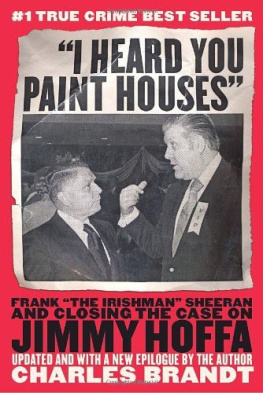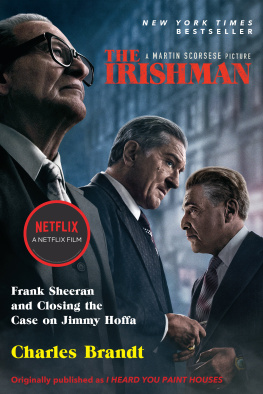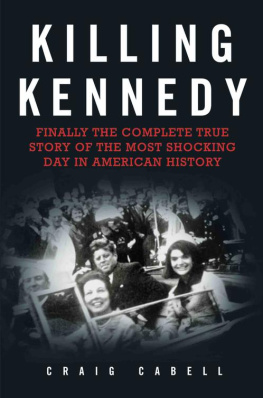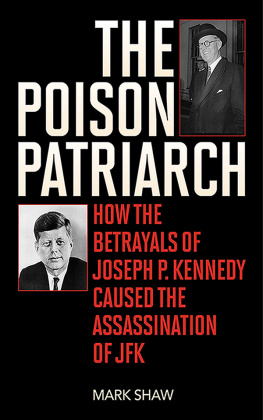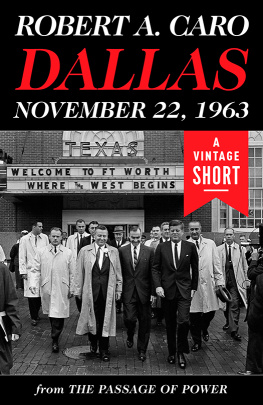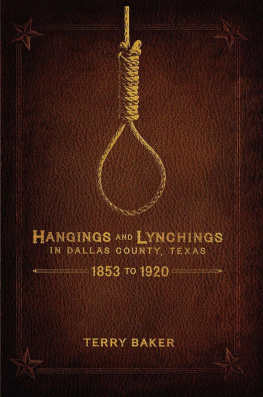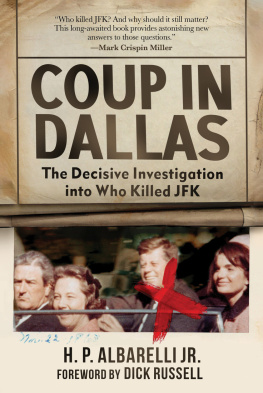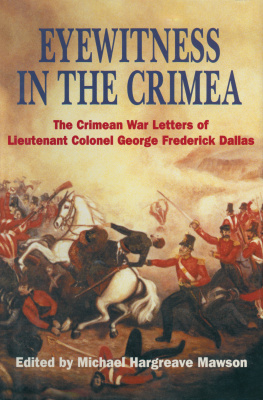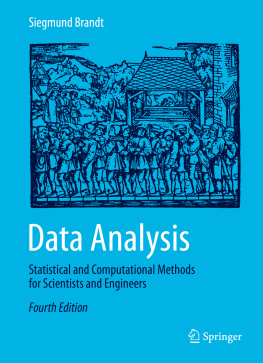Advance Praise for Suppressing the Truth In Dallas
Brandt is more like an investigative reporter, going more in depth on his newest book on the JFK assassination.
Martin Scorsese

A POST HILL PRESS BOOK
Suppressing the Truth in Dallas:
Conspiracy, Cover-Up, and International Complications in the JFK Assassination Case
2022 by Charles Brandt
All Rights Reserved
ISBN: 978-1-63758-315-9
ISBN (eBook): 978-1-63758-316-6
Cover design by Cody Corcoran
Interior design and composition by Greg Johnson, Textbook Perfect
No part of this book may be reproduced, stored in a retrieval system, or transmitted by any means without the written permission of the author and publisher.

Post Hill Press
New York Nashville
posthillpress.com
Published in the United States of America
To Jenny Rose Brandt
Table of Contents
O n November 22, 1963, President John F. Kennedys last breath was extinguished by a snipers bullet in Dallas, Texas. Hidden from public view were the international complications behind the scenes.
Less than one day after assuming office, the new president, Lyndon Johnson, secretly began tape-recording telephone calls he made to government officials from the White House. One of his first calls was to prominent Republican Senator Everett Dirksen of Illinois. In his Texas drawl, Johnson confided to Dirksen: We got some international complications that could come up to us if we are not careful.
This dire warning by the new president of a nuclear power in a Cold War setting was made while the rest of the world was sliding into a profound state of mourning.
These two powerful leaders, in attire appropriate for a presidential funeral, were plotting in concert. Johnsons warning to be careful had the quality of conspiracy. It was imperative enough to occupy their strategic thinking at a time like this. What they were up to has cried out to be chased down from its hiding place ever since.
These days, when government figures are exposed for lying, the media is inclined to bestow symbolic Pinocchio awards.
The race for Pinocchios is on. Please meet the contenders in order of wrongdoing:
Earl Warren, chief justice of the United States Supreme Court and President Johnsons appointee to chair the official investigation of the assassination of President Kennedy, the wounding of Texas Governor John Connally, and the murders of Dallas Police Officer J. D. Tippit and of President Kennedys suspected assassin, Lee Harvey Oswald.
Jack Ruby, a Dallas strip club owner and close associate of Mafia figures. Ruby, who was intimate with crooked Dallas cops, shot and killed the assassination suspect Oswald in the Dallas Police Department basement two days after President Kennedy lost his life.
Melvin Belli was a prominent West Coast Mafia-connected trial lawyer. Three days after Ruby killed Oswald at the police station, Belli arrived in Dallas to take over with a secret legal plan to silence Ruby, who had just silenced Oswald. Whenever he won a case Belli fired a loud cannon blast on the roof of his San Francisco office building.
President Lyndon Johnson, who will be unmasked by his tape-recorded phone calls.
Attorney General Robert F. Kennedy, the assassinated presidents younger brother, chief law enforcement officer, and Mafia fighter who regularly broke our criminal laws.
Director of the FBI J. Edgar Hoover, who aided all in the telling of lies.
Looking back, it seems that every move I made in my life drew me closer to someday unlocking the secrets of Dallas. In my legal career, I was a homicide investigator and jury trial prosecutor, the chief deputy attorney general of Delaware, and a murder defense attorney. Along the way I taught interrogation to police and wrote articles and a book about interrogation, The Right to Remain Silent (SMP, 1988).
In retirement, by the time I chose to tackle the secret mysteries of Dallas, I had handled over fifty-six homicide cases during the crime wave of the 1970s and 1980s. Dallas was to become for me the only intentionally unsolved homicide I had ever seen.
In taking on the challenges of this book, I knew what I was up against, and I knew that nearly everyone I was trying to reach would have a preconceived theory or opinion based on thousands of sources.
And now, with your permission
W ith lightning speed, within the first week of the murders, Chief Justice Earl Warren was given the role of solving the three homicides and all the other crimes of that weekend. Tall and imposing, Earl Warren had agreed to head up a so-called blue ribbon investigative panel that we all know as the Warren Commission, but that virtually no one views today as blue ribbon. Warren took the assignment at the urging of both Attorney General Robert F. Kennedy and President Lyndon Johnson. Were these men being careful in appointing Warren? Were they looking over their shoulders and seeing international complications? I wondered why Earl Warren, with his long-standing bias against law enforcement, would be given this role to solve the crime of the century.
In his role as chief justice, Warren was already infamous for having created the State Court Exclusionary Rule, the centerpiece of his personal criminal law revolution. Its harsh effects of suppressing police work are portrayed in the detective novel I wrote in 1988, which was based on homicides I solved, The Right to Remain Silent . That book, still in print while Warrens exclusionary rule flourishes in America, demonstrated the harm I perceived to have been inflicted on murder investigations by Warrens creation of a State Court Exclusionary Ruleone I opposed in Brooklyn Law School and spent my entire legal career contending with.
This handcuffing of state law enforcement in America began in 1961 when Earl Warren and his court met to discuss the case of Mapp v. Ohio and whether it should become against the law for a state governments voters to ban pornography. Earl Warren left that meeting with Justice William Brennan and held another more intimate meeting on another subject in a Supreme Court elevator. In that elevator it was decided they would ignore the Ohio pornography issues and turn the case into one that created a state court exclusionary rule that tossed out crucial evidence in a criminal case if a judge, usually intellectual and sheltered, determined that the evidence was seized by police using unreasonable methods.
In the process of establishing this rule, Earl Warren was aided by friendly justices, including Justice William O. Douglas, who soon would be revealed to be on the Mafia payroll in Las Vegas. Douglas was publicly exposed to be receiving an annual stipend of ten thousand dollars, all of which was derived from the proceeds of the sale of the Mafias Flamingo Hotel and Casino, whose construction and related murder case is depicted in the film Bugsy .
Having Justice William O. Douglas on board gave the chief justice the votes he needed to take over the whole field of American criminal law and procedure by the power to suppress indispensable evidence, a power exercised by Earl Warren every day of the Warren Commission proceedings.
After Warren and Brennan stepped off the elevator, there were three bewildered justices about to learn that the Mapp pornography case had suddenly been hijacked. The justices not in on the elevator conspiracy became a dissenting minority.
Dissenter Justice Harlan labeled the surprise decision a power grab. Harlan reprimanded Earl Warren for using only a voice of power, not of reason, asking that the case be reargued.
Next page

